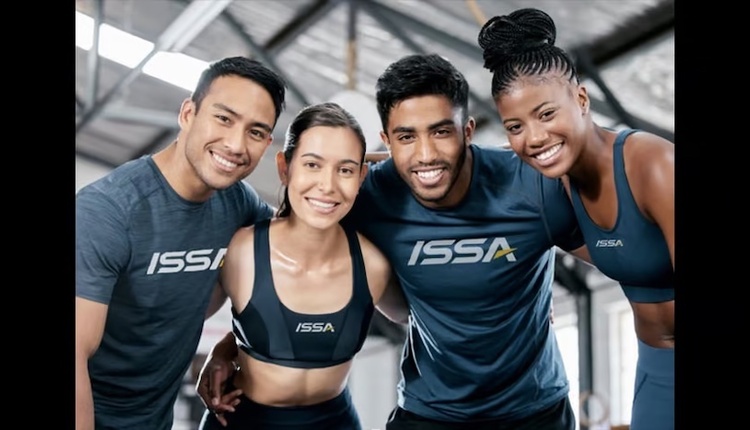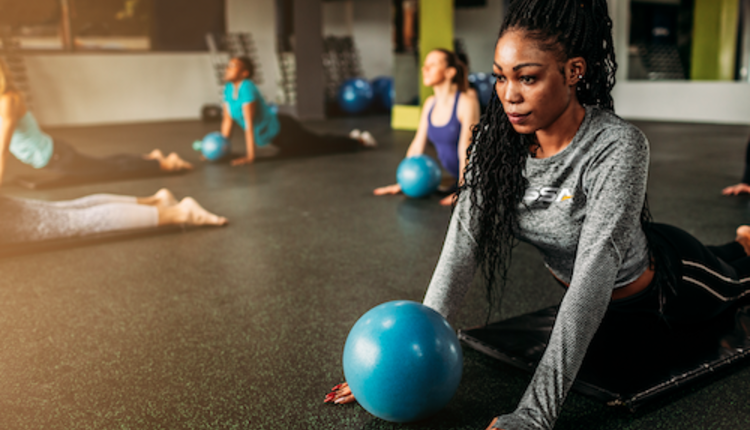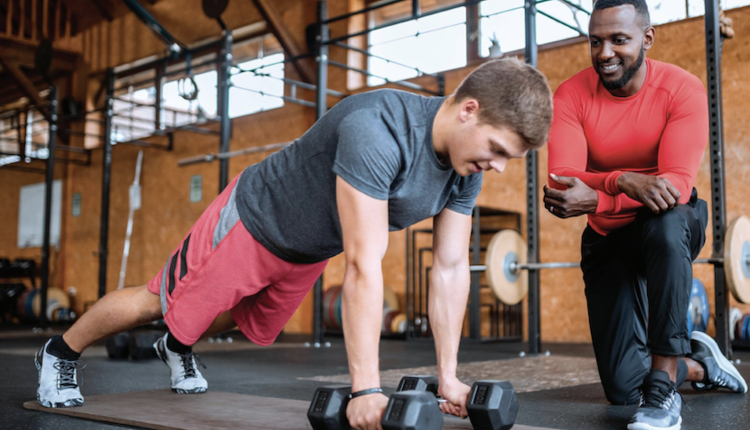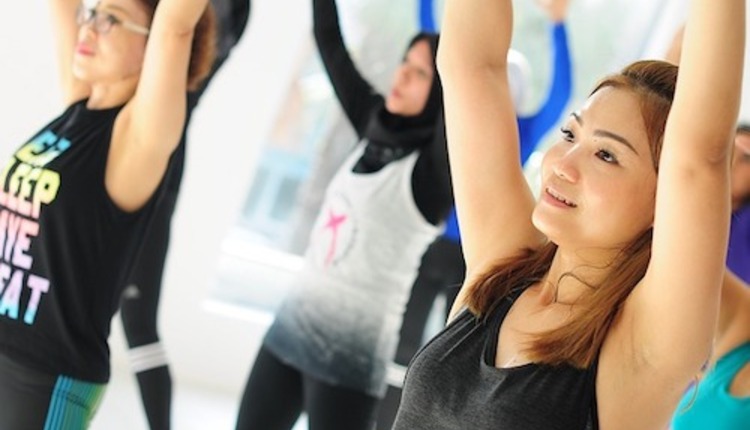IDEA Health & Fitness Association, the leading membership organization of health, wellness and fitness professionals worldwide with more than 23,000 members in over 80 countries, has published the results of the 2009 IDEA Personal Training Fitness Programs & Equipment Trends Report. The survey, which is geared to personal trainer-entrepreneurs and managers, sheds light on the fitness programs and fitness equipment their customers are most compelled by.
Following are highlights from the 2009 Trends Report that include a solid picture of the most up-to-date fitness research available. A synopsis of the Trends Report for readers is available at http://www.ideafit.com/fitness-library/your-industry-facts.
Whether in an entrepreneurial or a facility setting, personal trainers are steadily filling sessions as a growing variety of clients are inspired to fitness and wellness through personal training leadership. IDEA personal trainers are among the best educated and qualified to handle the diverse populations of consumers seeking professional assistance.”
For more information on IDEA fitness and wellness conferences, publications, professional fitness education and products, member services and other activities, visit http://www.ideafit.com.
Following are highlights from the 2009 Trends Report that include a solid picture of the most up-to-date fitness research available. A synopsis of the Trends Report for readers is available at http://www.ideafit.com/fitness-library/your-industry-facts.
- One-on-one personal training has once again found itself topping the list of fitness programs, with 98% of respondents reporting that they offer it to their clientele. A little over half (53%) believe one-on-one personal training is stable, while 33% believe there is still potential for growth in the industry.
- Partner personal training (2 clients share a session) is still very popular among IDEA trainers. This year, 85% offer it, a percentage that has held steady from 2008. When we look more closely at who is offering partner training, those personal trainers who work within their own homes (91%), in personal training studios (90%) and within clients’ homes (90%) are slightly more inclined to offer the service.
- Small group personal training (3-5 clients share a session) is offered by over half of the respondents (58%); this is up 9 percentage points from last year’s results. In addition, 46% of respondents believe this category will continue to grow. The increase is likely due to a combination of factors: (1) the increased popularity of boot camps and circuit training for small groups; (2) the economies of scale for both personal trainers and consumers; and (3) the social aspect of training in a group, which makes exercise more fun and compelling for many.
- Strong growth potential along the continuum gives most personal trainers the luxury of choosing the clientele with whom they are passionate about working. Survey respondents customize their offerings to suit the wide array of clients’ ages, abilities and goals—from the apparently healthy and the highly athletic to those who need specialized training like postrehab and back pain prevention programs.
- Faced with the realities of an aging population, personal trainers work more and more often with clientele who—for a variety of medical reasons—need specialized instruction. The vast majority of survey respondents have clients with special medical needs (83%), chronic injury (85%) or physical disabilities (54%). In order to assist these clients, personal trainers offer specialized fitness programs, such as back pain prevention (72%), postrehab following injury (70%) and exercise for chronic medical conditions (e.g., diabetes, coronary heart disease) (61%). In addition, approximately half of the personal trainers surveyed believe that these types of special fitness programs will continue to grow.
- Despite a shaky economy, client retention is robust across the board. IDEA personal trainers report that 77% of their clients stay with the business 1 year or longer. A magnified look reveals even more impressive client loyalty: most clients stay with their personal trainer for more than 5 years (32%), while the remaining customers stay 1-2 years (21%), 2-3 years (15%), 3-4 years (12%) or 4-5 years (8%). Just 12% of clients stay with their personal trainers for less than 1 year.
- Survey respondents reported using all types of fitness equipment, with an emphasis on the smaller portable pieces. These are the 10 pieces of fitness equipment most frequently available: resistance tubing or bands (97% offer it); stability balls (97%); barbells and/or dumbbells (95%); balance equipment (BOSU® Balance Trainers, disks, wobble boards, balance boards) (93%); medicine balls (90%); foam rollers and small balls (85%); steps and platforms (81%); treadmills (78%) weighted bars (75%); elliptical trainers (71%).
- Survey respondents reported that programming during training sessions breaks out as follows: 53% of the time is spent on resistance training, while the remainder is spent on cardiorespiratory (23%) and flexibility training (18%), as well as other training methods (19%). Strength training (97%), functional resistance training (96%), balance training (96%) and stretching/flexibility (96%) are the most commonly used training methods.
- IDEA personal trainers serve a predominantly female clientele (72%), with the most common age ranges being 35-44 years (24%), 45-54 years (32%) and 55-64 years (23%). Most clients are at an intermediate fitness level (48%) or beginner fitness level (40%), while only 19% are advanced.
- While 97% of personal trainers have clients that are apparently healthy, they also train individuals with special medical needs (83%), chronic injury (85%) or physical disabilities (54%). Amateur athletes (64%) are also a common clientele for personal trainers, while professional athletes (14%) are clients less frequently. Almost half of all personal trainers work with children and teens (aged 18 years or younger) (49%), whereas 25% of trainers work with women only.
- The average cost of a personal training session is $56 (median $55). Most clients pay for their training sessions either as a package (63%) or as individual sessions (51%); just 14% pay for sessions with a monthly membership fee, and 5% pay with an annual membership fee.
- More than 50% of personal trainers surveyed offer the following top 10 services (in order of popularity): personal training, adult, one-on-one (98%); strength training (97%); stretching and/or flexibility (96%); balance training (96%); functional resistance training (96%); flexibility/range of motion assessment (89%); height and weight assessment (86%); training for weight management (85%); partner personal training (85%); balance assessment (84%). Note that many other services made the list; this represents just the top 10.
Whether in an entrepreneurial or a facility setting, personal trainers are steadily filling sessions as a growing variety of clients are inspired to fitness and wellness through personal training leadership. IDEA personal trainers are among the best educated and qualified to handle the diverse populations of consumers seeking professional assistance.”
For more information on IDEA fitness and wellness conferences, publications, professional fitness education and products, member services and other activities, visit http://www.ideafit.com.











